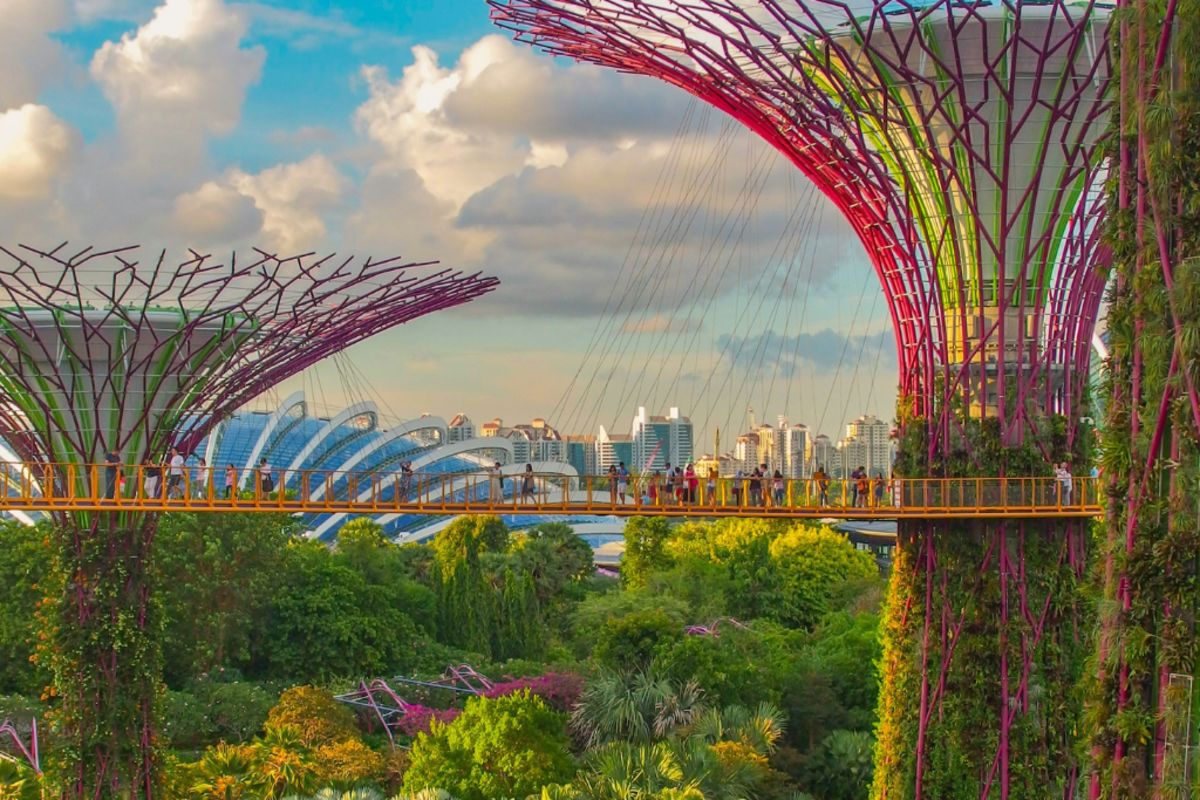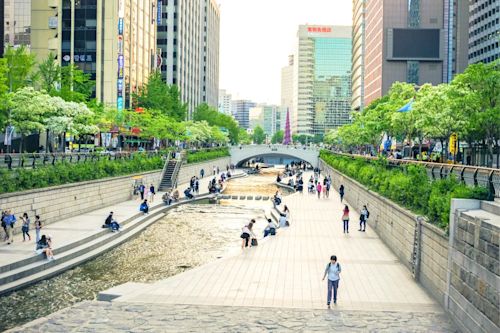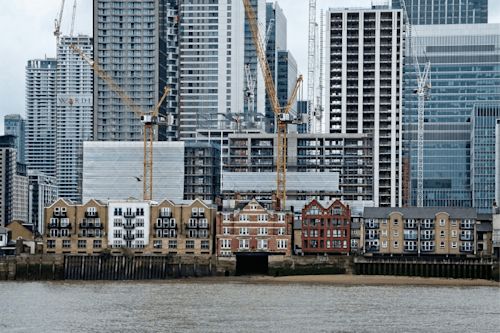Happy Cities and the Sociology of Architecture: How Urban Design Shapes Wellbeing

Urban design is not just aesthetic or functional – it profoundly influences our collective and individual wellbeing. Environments “shape our cognitions, emotions, and actions, and even powerfully influence our well-being,” as architecture critic Sarah Williams Goldhagen observes. The way we build our cities quite literally shapes how we feel and behave.
Charles Montgomery’s interdisciplinary work 'Happy City' illustrates that insights from psychology and neuroscience confirm a simple premise: the manner in which we build our cities alters how we feel, think, and act as individuals and as a society. Let’s explore how city form affects human behavior and social life, drawing on urban sociology, cognitive science, and design – from the street corner to the skyline.
Urban Form and Human Behavior

The built environment powerfully guides how people move, interact, and feel on a daily basis. Decades ago, thinkers like Jane Jacobs and Jan Gehl sounded the alarm that many modern cities were being built in “inhuman” ways – characterized by boring façades, lifeless open spaces, and car-dominated roadways. Such environments discourage walking and social interaction, and we now know they can even induce stress.
In fact, monotonous and oppressive urban landscapes aren’t just eyesores; emerging evidence suggests they cause measurable harm to residents’ mental and physical health. For example, long daily car commutes are linked with lower happiness. Walkable neighborhoods and human-scaled streets increase everyday joy. In walkable, mixed-use areas, residents tend to know their neighbors, trust others more, and engage socially – all strong predictors of wellbeing. Access to green parks or lively plazas provides restorative benefits.
Scientists use wearable sensors and brain imaging to track how different streetscapes affect our bodies and brains. Early findings confirm that features like natural light, human-scale detail, and varied building facades can elevate mood and comfort.
3 Iconic Examples of Urban Design for Wellbeing in Action

Copenhagen, DenmarkRenowned for its human-centered urban design. Danish architect Jan Gehl helped transform Copenhagen with pedestrian streets and a pervasive bike network, proving that prioritizing people over cars yields social vibrancy.
Bogotá, ColombiaFormer Mayor Enrique Peñalosa declared, “Great public space is like magic, it’s almost happiness itself.” The city created hundreds of parks, a world-class transit system, and opened streets for Ciclovía events, supporting public health and joy.
SingaporeBranded a “City in a Garden,” Singapore integrates greenery and wellness into its dense urban fabric. Skyrise gardens, park connectors, and accessible transit promote both physical activity and mental respite.
The Sociology of Architecture: Space, Society, and Identity

Architecture can influence how communities form and how inclusive a city feels. Professor Kim Dovey explores how place and identity are intertwined. Casual encounters in “third places” like cafés and plazas build cohesion and trust. Jane Jacobs taught that “eyes on the street” make neighborhoods safer and more sociable. Design choices shape how we connect, trust, and belong.
The Role of Multiple Actors in Building Happy Cities

Creating a happy city is a multi-actor endeavor. Policymakers set wellbeing-focused priorities. Designers turn them into a physical form. Developers can embrace sustainability. Community groups bring local insight and test ideas with tactical urbanism. The placemaking movement shows how low-cost interventions improve civic pride and happiness. Happiness is everyone’s responsibility—from engineers to activists.
Happiness must be a design objective, not an afterthought. Designing for human flourishing alongside economics and engineering is strategic and essential. The happy city, the green city, and the low-carbon city are the same place when designed thoughtfully. Let’s ensure the places we create empower people to be safe, healthy, and happy.



